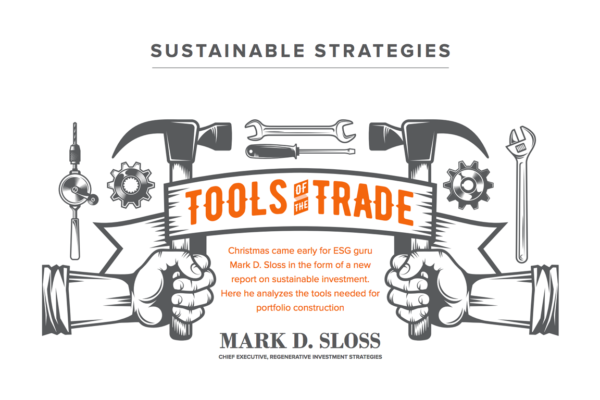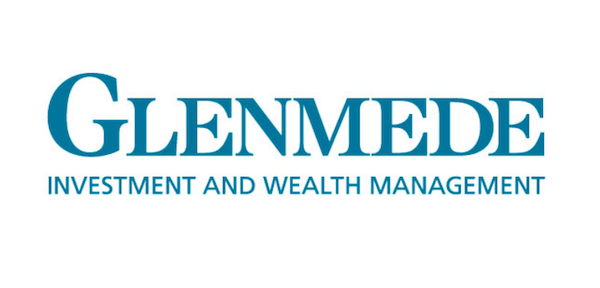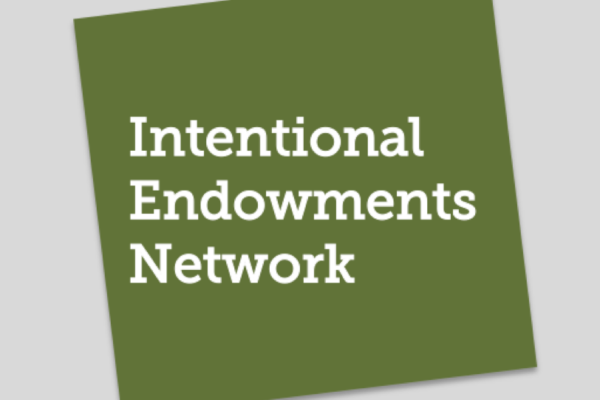 Note: This op-ed was written for Stanford Social Innovation Review and published on December 13, 2016. If you would like to view the article on SSIR’s website, please click here.
Note: This op-ed was written for Stanford Social Innovation Review and published on December 13, 2016. If you would like to view the article on SSIR’s website, please click here.
By William Burckart & Steve Lydenberg
One of the main distinguishing traits of Omidyar Network is its framework for investing in opportunities that take into account different levels of impact. As a “philanthropic investment firm,” it has committed more than $1 billion since its inception to entrepreneurs around the world and has long advocated for investors to pursue change “not just at a firm level but also at a sector or market level.”
As covered in a recent SSIR article, central to this thinking is the recognition that “the impact of a firm can extend well beyond its direct effect on customers,” with this focus on market-level impact now becoming “the main criterion against which [to] judge investments that have a subcommercial profile.” Its investment in consumer solar products, currency-hedging and education services, and school system interventions that improve learning outcomes for children all reflect dimensions of this strategy.
By defining market impact as a combination of various dimensions—new models for new markets, market infrastructure, and policy impact—Omidyar Network is one of a number of investors whose investment considerations transcend the traditional price-oriented disciplines of daily portfolio management. These approaches seek to create long-term value, and to manage—to the extent possible—risks and rewards at environmental, societal, and financial systems levels.
Investors in public equities markets have long perceived these systems, in the aggregate, as beyond their reach—as nearly untouchable forces that provide portfolios what they will in the form of “market return.” But the financial crisis of 2008 was a stark reminder of how instabilities in the current, highly sophisticated, globalized financial system can bring the entire, carefully constructed, mainstream financial system’s infrastructure to the brink of collapse, and cause dramatic losses across all asset classes. Today, the looming investment uncertainties of climate change are a constant reminder that fundamental disruptions in our environmental systems can raise the specter of “unhedgable” financial risks across the board.
While the gulf between equity portfolio-level policies and practices and systems-level considerations may at times seem unbridgeable, our awareness of how we might cross it is increasing, and a number of investors are beginning to take concrete steps in that direction.
We recently examined a diverse set of investors who have incorporated global challenges related to systems into their daily investing. Central to our findings is that investors must intentionally incorporate new ways of investing if they are to address big global problems or harness global trends while achieving competitive returns. Here are three things we are seeing:
- Institutional investors are increasingly entering a number of “on-ramps” that lead them to systems-level considerations. Each of these on-ramps represents a logical extension of the concept that investment has impact on the world at large. Investors can manage that impact so as to simultaneous improve efficiency at the portfolio level and reduce risk (or increase rewards) at the systems level. For example, investors at sovereign wealth funds stress the on-ramp of long-term value creation and seek to enrich the pools of assets available at systems levels from which profitable investment can be derived, while earning a competitive return. Similarly, investors at diversified money management firms integrate environmental, social, and governance (ESG) factors into their portfolio risk management; they acknowledge the effect that ESG issues can have on their portfolio returns and often simultaneously seek, through engagement and public policy advocacy, to mitigate those risks at an industry or systems level. Leaders from the Principles for Responsible Investment, Sustainable Accounting Standards Board, Sustainalytics, Ceres, and others are developing metrics, training programs, best practices case studies, and collaborative working groups to facilitate investors’ access to these on-ramps.
- Institutional investors are finding pathways that in practice can bridge the gap between their daily portfolio management practices and impactful actions at the systems level. For example, Établissement de retraite additionnelle de la fonction publique, a public pension fund in France, has made a number of commitments to explore policies and practices that intentionally emphasize the setting of systems-level standards and interconnectedness through collaboration and communications. These policies and initiatives are consistent with its investment belief that: “Seeking to maximize immediate profit is contrary to a satisfactory and sustainable return on investments because it ignores social, economic and environmental consequences.” Still others, like the F.B. Heron Foundation, are rethinking the concept of stewardship (both resource and mission) and have created an underlying engine that seeks to reshape the traditional foundation operating model by improving effectiveness and accountability; our analysis of 50 asset owners and managers demonstrates that even more examples are emerging too.
- Institutional investors are coming to understand that intentionality is important to systems-level investing. One of the most important results of this profiling exercise has been our identification of 10 manifestations of investors’ intention to incorporate systems-level thinking. “Polity,” for example, is the intentional decision by investors to engage in public policy debates they view as relevant to their particular management of risks and rewards at systems level. Aviva Investors and others have worked with the Sustainable Stock Exchanges Initiative to advocate for guidelines on the disclosure of environmental and social indicators by listed companies on stock exchanges worldwide. Such data could help investors manage risks at both the portfolio and systems levels in these areas, and facilitate impact in a variety of ways.
Where we find ourselves
Economic crises, financial boom and bust cycles, ecosystems under stress, societies rocked by unrest and turmoil—all can disrupt the best-laid plans of investors and cost them dearly. In the increasingly interconnected world of the 21st century, we will be all more prone to the unpredictability of these disruptions.
It is not surprising that investors everywhere—from the largest pension and sovereign wealth funds to the rapidly proliferating world of impact investors like Omidyar Network—are coming to understand that increasing predictability through the creation of new models for new markets, market- and systems-level infrastructure, and policy impact is not only in their long-term interests, but also in the interest of all investors—and indeed of the whole world.



